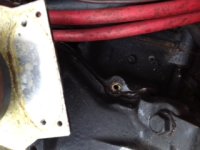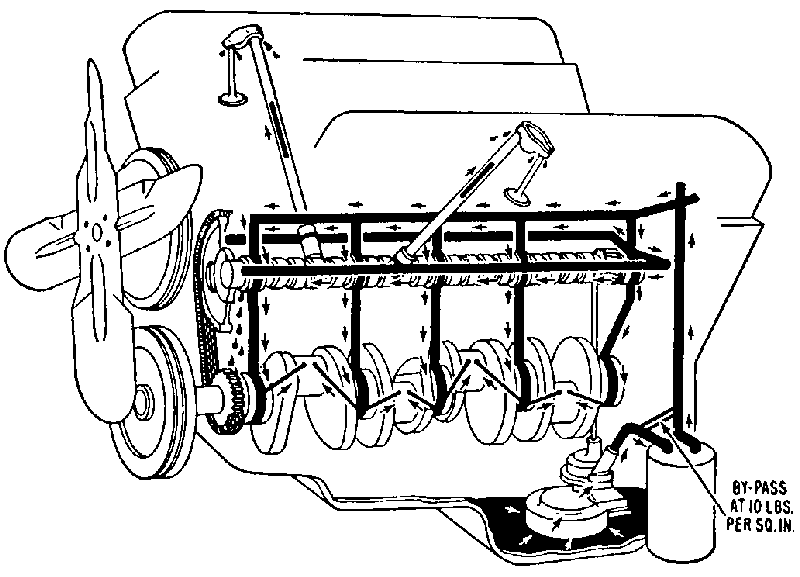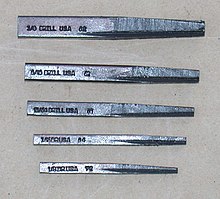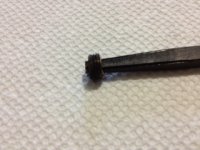1stboat
Regular Contributor
So I made a big mistake yesterday. I broke the fitting that connects to the elbow of my oil pressure sensor off. I was trying to get the oil pressure sensor off and I applied too much torque and it snapped off. Part # 84 in this pic,
http://www.volvopentastore.com/Cran...on_id.361910712--store_id.366--view_id.775655
How can I get it out?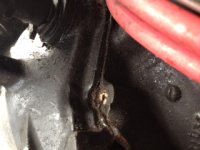
http://www.volvopentastore.com/Cran...on_id.361910712--store_id.366--view_id.775655
How can I get it out?

Attachments
Last edited:


